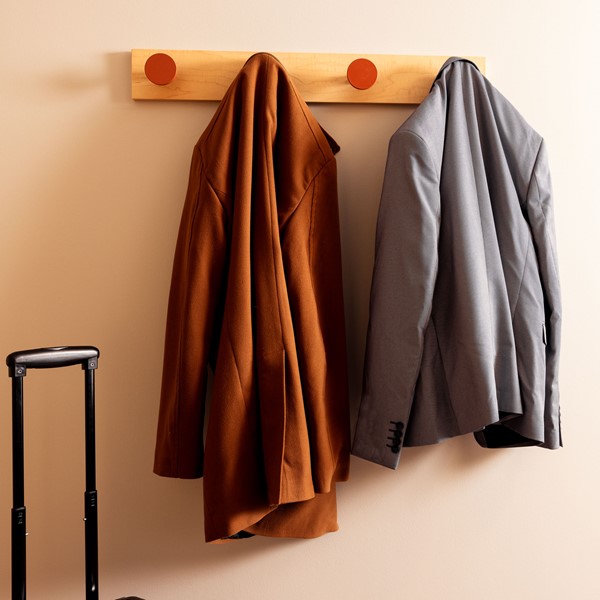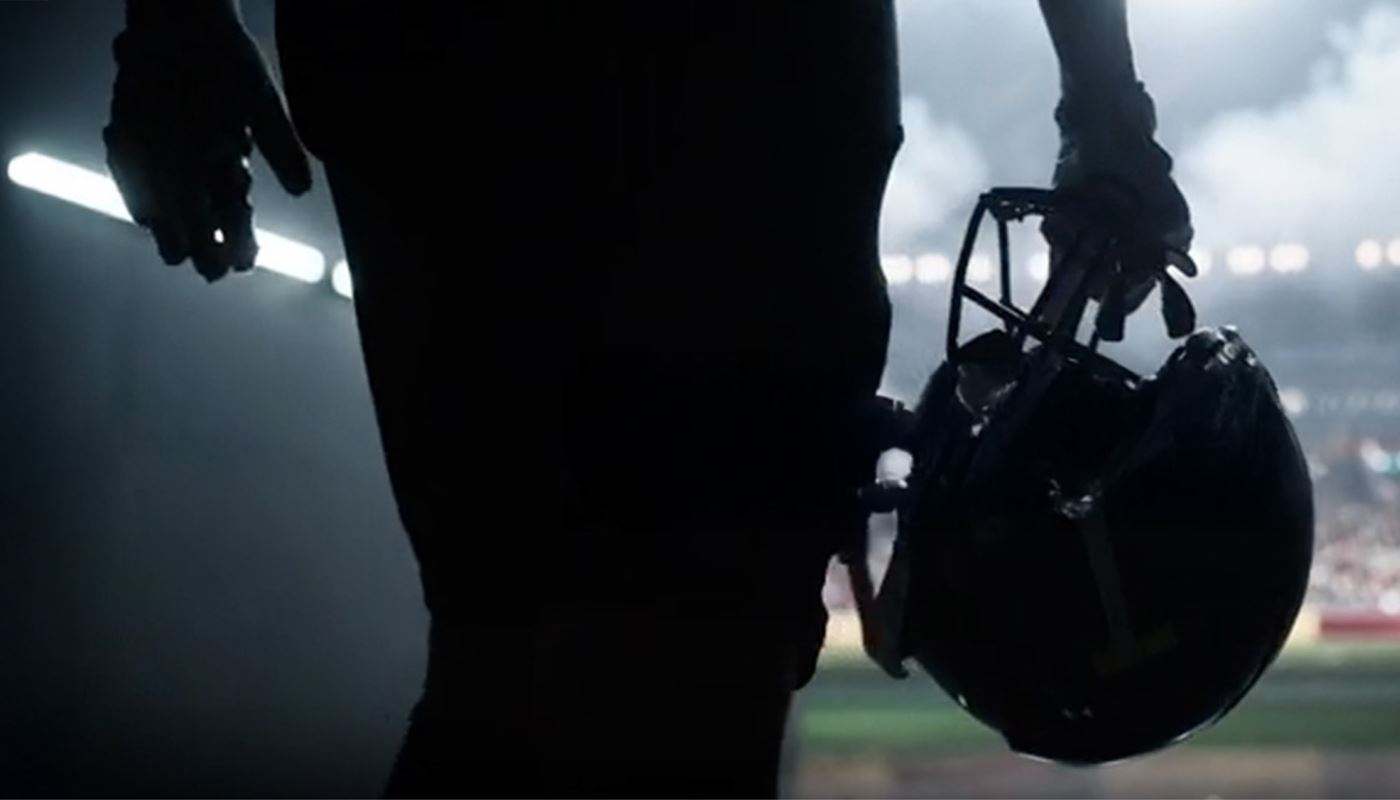
Best Places to Fish in Wisconsin: Lake Noquebay
Lake Noquebay, located in Marinette County, is a 2,398-acre lake with a maximum depth of 51 feet. It is well known for its ability to produce larger-than-average bluegill, but is nonetheless a popular fishing spot for crappie, largemouth bass, smallmouth bass, northern pike, trout and walleye. The lake’s water is moderately clear and weed overgrowth is not a problem, making the majority of the fishing action close to shore.
Visitors have access to the lake from public boat landings, and throughout the year it’s a popular recreation area for not only anglers, but boaters, water-skiers and snowmobilers as well. Though early May and June are typically the best time to catch all species of fish, summer months can also produce well. Choose low-light periods and focus your efforts on weed pockets and weed edges for gamefish and panfish species.
Interactive Lake Map
For a more detailed lake map and up-to-the-minute fishing reports, follow the Lake Noquebay waterway page on Fishidy.
Here are some tips for locating and catching fish in Lake Noquebay:
- Emergent vegetation on the southeast side of the lake will hold good numbers of largemouth bass during the summer. Work these areas with surface baits and "slop" fishing techniques.
- The steep break lines east of the 50-foot hole, the deepest portion of the lake, will hold walleye, northern pike and muskie. Backtrolling live bait rigs is a popular technique for this area.
- Weeds and emergent vegetation on the west side of the lake are best for spring largemouth and bluegill. Before the weeds get too thick, work spinnerbaits. Once summer hits, change to finesse techniques within the weed pockets and along edges.
- Summer bluegill often suspend in deep water adjacent to weed flats. Use a depth finder to locate fish, and then work slip bobber rigs and live bait.
- The hard-bottomed area around the island in the northeast corner of the lake is a must for spring walleye. Jig/minnow combos and slip bobber rigs are suggested.
- During cold front conditions, concentrate on inside turns and steep drop-offs.

Fishidy is the premier map-based, social network for anglers. The online community gives anglers the ability to record and track their on-the-water experiences and view detailed fishing maps on over 17,000 bodies of water.
Deals










